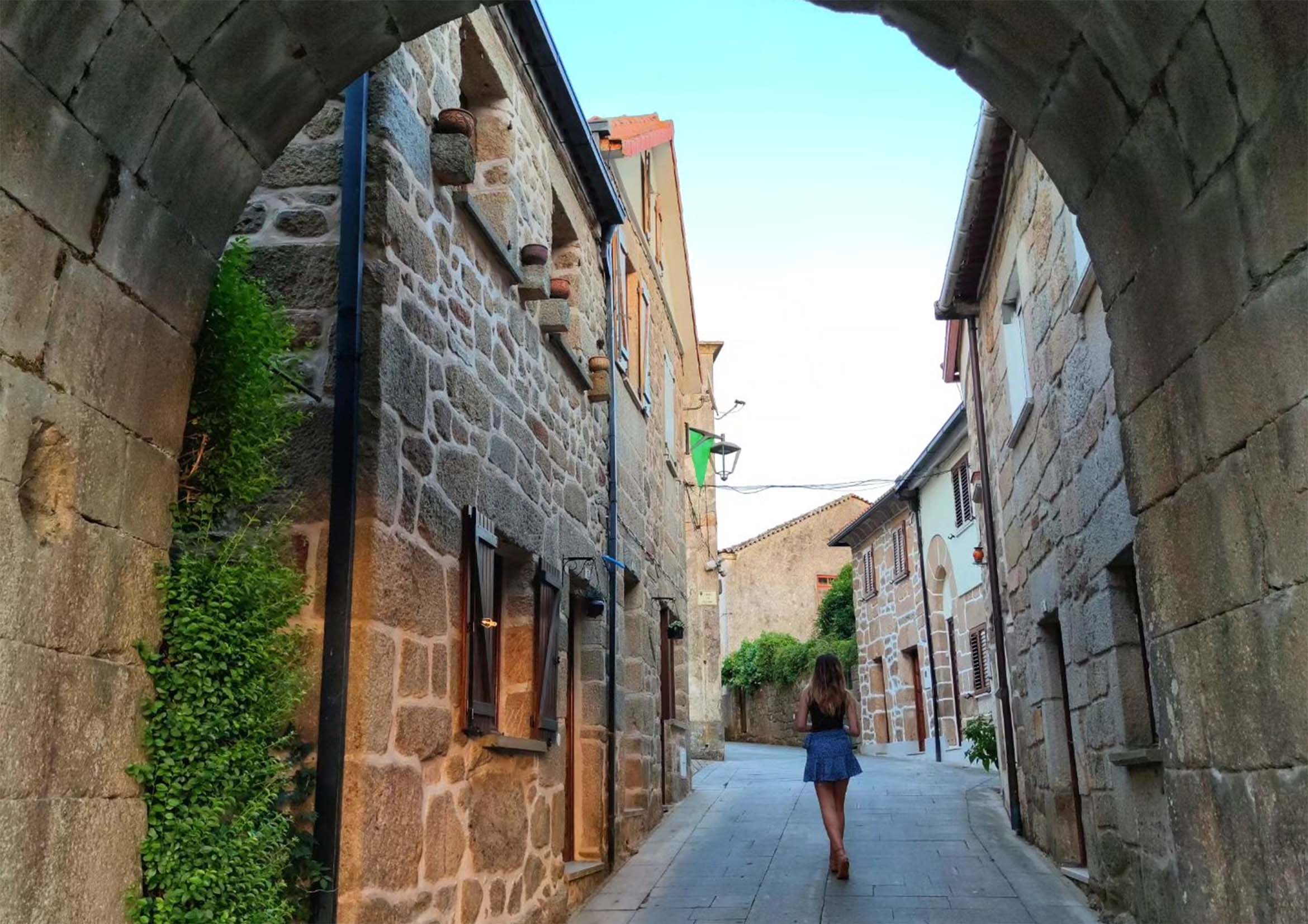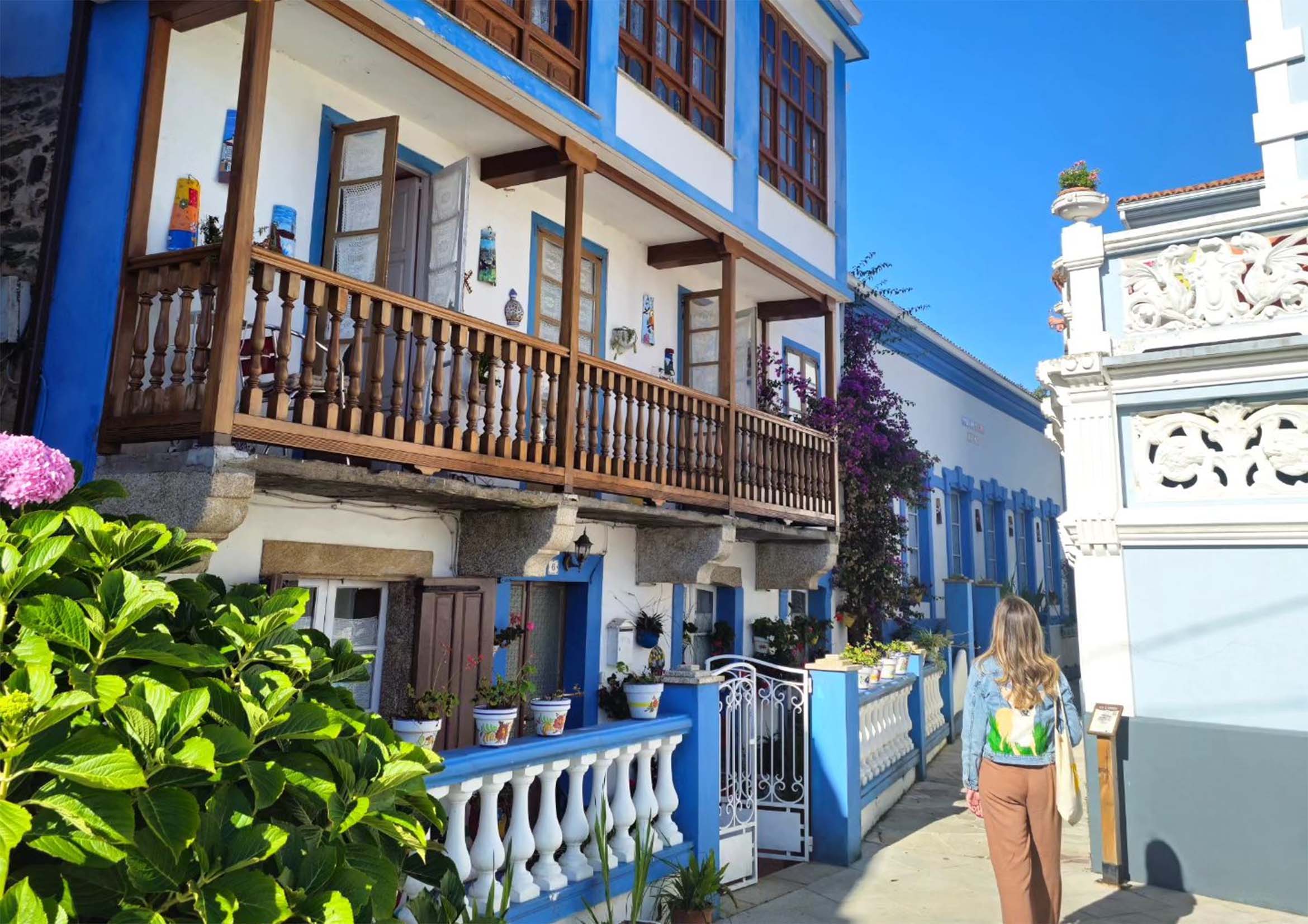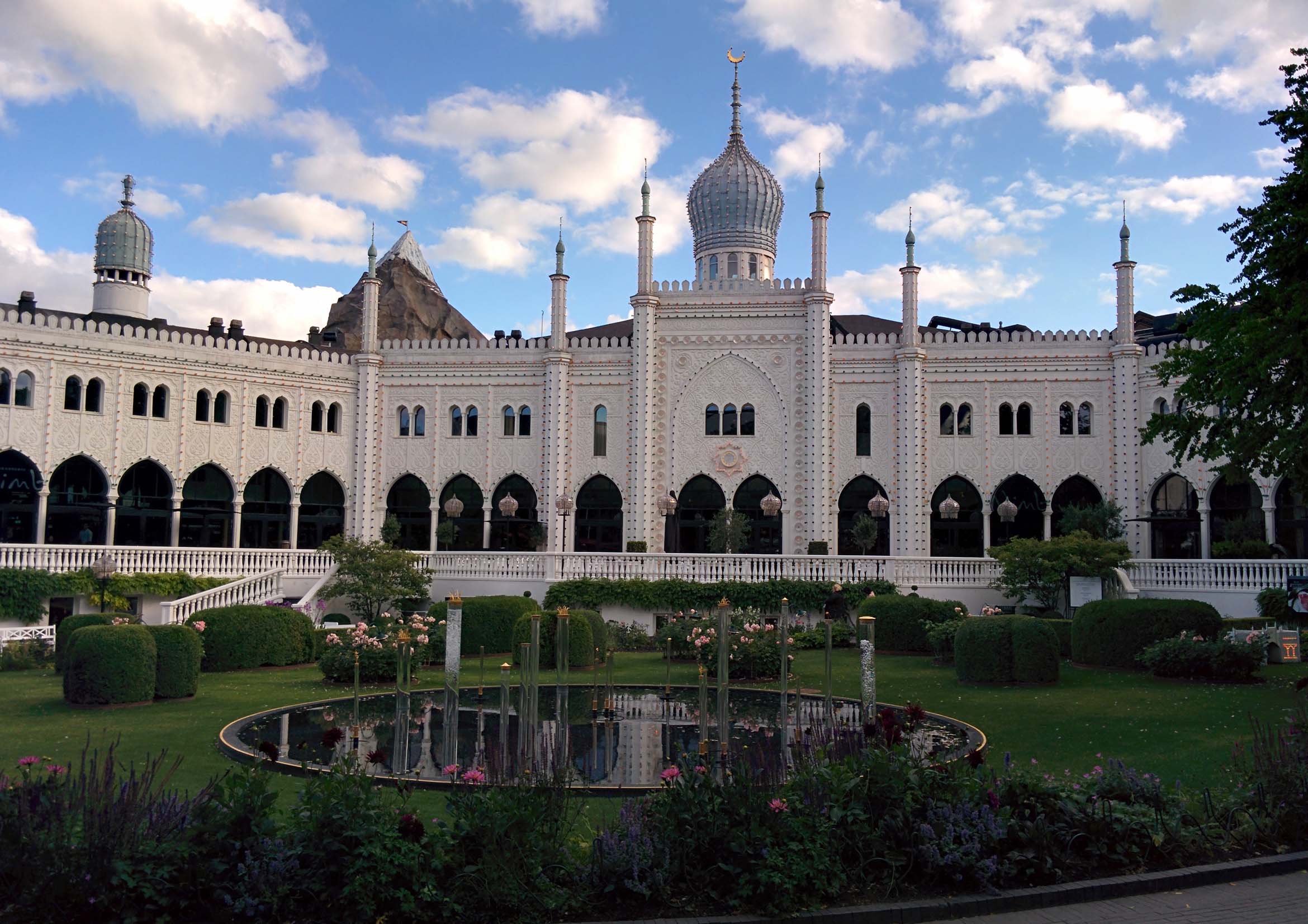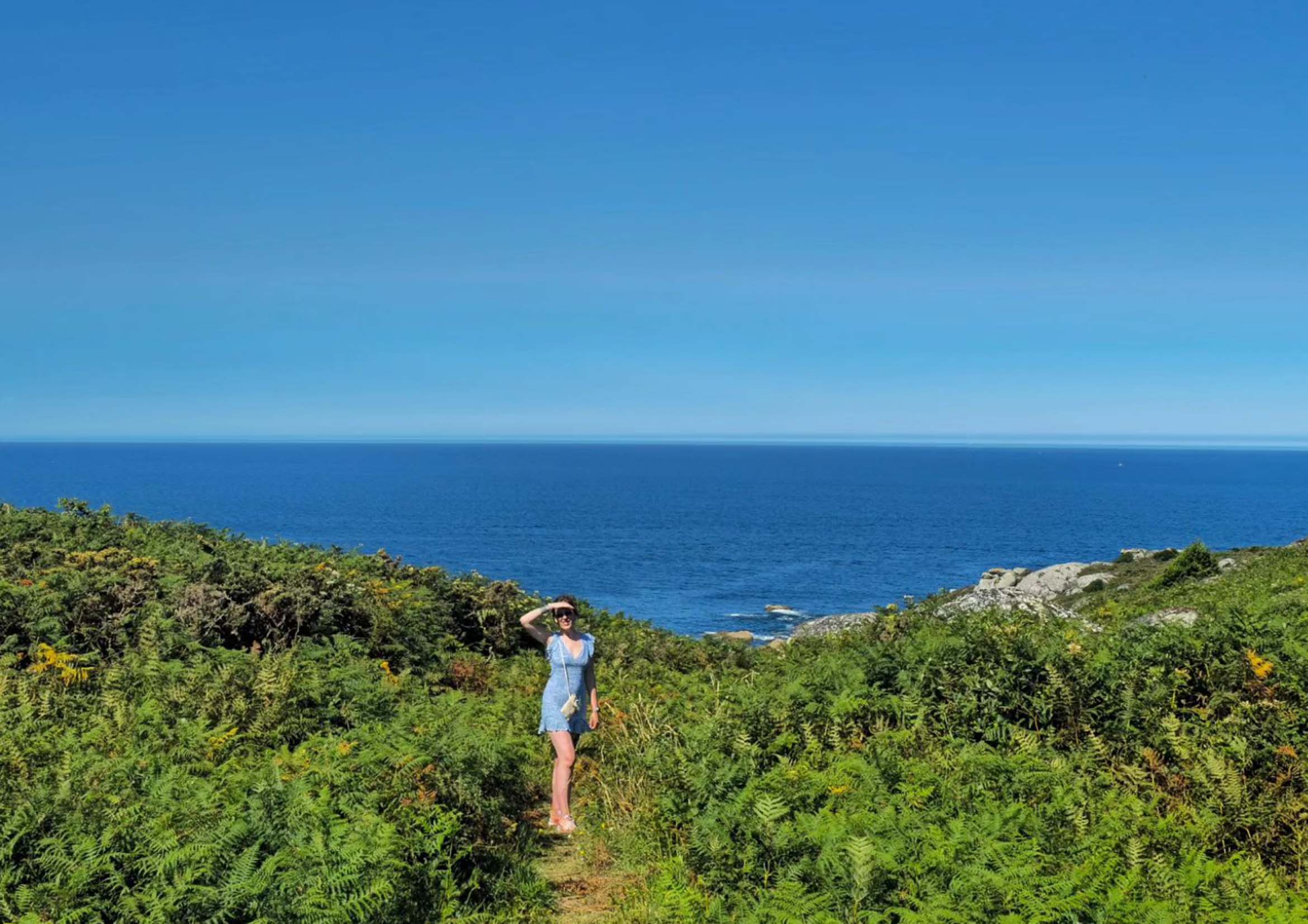Una estructura de gran valor etnográfico: A Glimpse into Cultural Heritage
Located in the central part of Vilaboa, Pontevedra, Horno de Cal de Cobres/Santradán is a structure that boasts immense ethnographic significance. The very construction of this site, coupled with the wealth of knowledge and trades intertwined with it, provides a compelling portrayal of the profound historical importance it embodies.
The strategic geographical placement of Horno de Cal de Cobres/Santradán in the heart of Vilaboa, Pontevedra, serves as a testament to the deliberate and thoughtful selection of its location. This choice was likely influenced by various factors, such as accessibility, available resources, and the cultural context of the region. The careful consideration of these elements underscores the intentional establishment of this structure within the community.
The construction itself stands as a tangible testament to the architectural prowess and craftsmanship of the past. Its design, materials, and construction techniques reflect the ingenuity and skill of the individuals who built it. Each brick, each beam, and every detail in its construction contributes to the overall narrative of the site’s historical evolution.
Beyond its physical attributes, Horno de Cal de Cobres/Santradán encapsulates a repository of knowledge and trades that have been passed down through generations. The skills associated with the site, whether it be the traditional methods of lime production or other crafts linked to its operation, represent a living heritage. The transfer of such knowledge speaks to the cultural continuity and the significance of this site in preserving and perpetuating local traditions.
Furthermore, the site serves as a window into the socio-economic dynamics of the past. The trades associated with Horno de Cal de Cobres/Santradán likely played a pivotal role in the local economy, influencing patterns of commerce and trade. Exploring these aspects adds depth to the understanding of how this structure was not merely a physical edifice but an integral part of the community’s life.
Transforming Limestone into a Living Legacy: The Vital Role of Horno de Cal de Cobres/Santradán
In operation from 1936 until the 1960s, the lime kiln known as Horno de Cal de Cobres/Santradán played a pivotal role in the industrial process of converting limestone into quicklime, a substance with valuable commercial applications. Designated as a Bien de Interés Cultural (Cultural Heritage), its significance is deeply woven into the fabric of the region’s industrial history.
The lime kiln, during its operational years, served as a crucial hub for the transformation of raw limestone into quicklime, a substance highly sought after for various commercial purposes. The meticulous processes employed within its walls not only symbolize the technological advancements of that era but also underscore its economic importance in contributing to the industrial landscape of the region.
As a recognized Bien de Interés Cultural, Horno de Cal de Cobres/Santradán stands as a testament to the preservation of the industrial heritage that shaped the identity of the community. Its classification as such underscores the acknowledgment of its historical, cultural, and architectural value, highlighting the need to safeguard and pass down this living legacy to future generations.

A Resurrected Beauty: Restoration Efforts Since Late 2022
Left abandoned and swallowed by vegetation for many years, the Horno de Cal de Cobres/Santradán entered a new chapter in its existence with a meticulous restoration initiative commencing in late 2022. This resurrection was not merely a revival of architectural grandeur; it represented a commitment to preserving a significant piece of the past, ensuring its resilience against the erosion of time.
The restoration process, undertaken with precision and care, aimed to breathe new life into the lime kiln’s physical structure while respecting its historical authenticity. The revival of this site goes beyond mere aesthetics, as it stands as a tangible example of how communities can actively engage in the preservation of their heritage.
The resurrected Horno de Cal de Cobres/Santradán serves as a living monument, allowing current and future generations to connect with the industrial history of the region. This restoration effort not only honors the craftsmanship of the past but also serves as a beacon of cultural continuity, ensuring that the lime kiln’s legacy endures for many years to come.
A Tranquil Setting by the Sea: Embracing the Unique Location
Distinguished by its incomparable setting, the lime kiln, Horno de Cal de Cobres/Santradán, stands gracefully at the water’s edge. This unique location contributes to the site’s allure, transforming it into more than just a historical landmark but an immersive experience where the gentle whispers of the sea become a serene backdrop to the unfolding tales of the past.
The proximity to the water imparts a distinct tranquility to the surroundings, creating an environment where visitors can not only witness the historical significance of the lime kiln but also immerse themselves in the soothing embrace of nature. This interplay between history and the elements elevates the site beyond a mere relic, offering a contemplative space that invites reflection on the passage of time.
Adding Charm to History: Small Pier and Puente de Rande Views
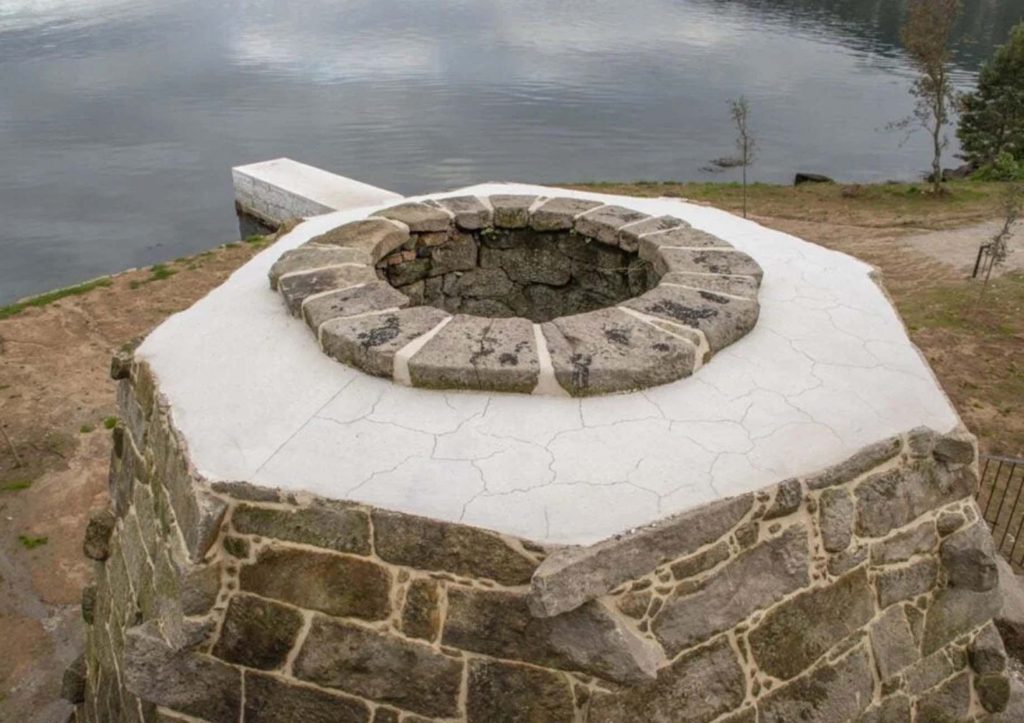
Adding to its charm, Horno de Cal de Cobres/Santradán features a small pier, originally designed to facilitate the transportation of stone from Santoña, Cantabria, and the conveyance of the produced lime. The presence of this quaint pier not only serves as a testament to the lime kiln’s industrial functionality but also provides visitors with an opportunity to appreciate the panoramic views of the iconic Puente de Rande.
The small pier, with its historical significance, acts as a connection to the maritime activities that once thrived around the lime kiln. The sight of the Puente de Rande in the distance further enriches the experience, creating a harmonious blend of industrial history and natural beauty. It is a vantage point that invites contemplation, allowing visitors to appreciate the convergence of human ingenuity and the picturesque surroundings.
Echoes of the Past: Historical Stories and Background
As I delved into the history of Horno de Cal de Cobres/Santradán, a captivating tapestry of tales unfolded. From its industrial heyday, where it played a crucial role in lime production, to the years of abandonment, and now its remarkable resurgence, the lime kiln stands as a living testament to the resilience of historical structures.
Each stone, each weathered surface, carries echoes of the past, telling a story of endurance and adaptation. The lime kiln’s journey through time serves as a captivating narrative, not just of its own evolution but as a reflection of the broader historical shifts that shaped the region. Exploring the site becomes a journey through time, where the whispers of history permeate the air, inviting visitors to connect with the rich tapestry of the past.
My Impressions and Reflections: A Fusion of History and Nature
A Profound Discovery: Unveiling the Intricate Tapestry of History, Nature, and Preservation
Unearthing this hidden gem left me spellbound, revealing an intricate interplay between history, nature, and the art of preservation. The lime kiln, Horno de Cal de Cobres/Santradán, emerged as more than a relic; it became a testament to the harmonious connection between human endeavors, the environment, and the imperative of safeguarding our cultural heritage.

Breathing Life into the Past: The Revitalization Endeavors
The ongoing efforts to revive Horno de Cal de Cobres/Santradán transcend the mere restoration of bricks and mortar; they represent a conscious endeavor to breathe life back into a historical entity. The meticulous restoration, initiated in late 2022, unfolds as a narrative of dedication and passion to revive a once-forgotten cultural treasure.
Witnessing the lime kiln’s transformation, from a neglected state overgrown with vegetation to a meticulously restored site, evokes a profound sense of appreciation for the synergy between human intervention and the resilience of historical structures. It’s not just about reviving physical remnants; it’s about resurrecting the stories embedded in the very fabric of the lime kiln.
Igniting Responsibility: Cherishing and Safeguarding Cultural Heritage
The revival of Horno de Cal de Cobres/Santradán sparks a palpable sense of responsibility within those who encounter its renewed presence. It serves as a poignant reminder that our cultural heritage is not merely a collection of relics frozen in time but a dynamic entity that requires active guardianship.
The lime kiln becomes a rallying point for fostering a collective commitment to cherish and safeguard our cultural heritage. Its revitalization is a call to action, urging us to recognize the intrinsic value of preserving historical sites and to contribute to the ongoing narrative of cultural continuity.
Practical Information: Explore with Ease
For fellow explorers, the entrance to Horno de Cal de Cobres/Santradán can be secured through online reservations. Ticket prices are reasonable, offering a gateway to a cultural journey. The site welcomes visitors during specified operating hours, providing an opportunity to immerse oneself in history while enjoying the scenic beauty.
In conclusion, uncovering the secrets of Horno de Cal de Cobres/Santradán was not just a voyage into the past; it was an immersion into a cultural marvel that beautifully intertwines history and nature. As I wrap up this post, I can’t help but encourage you to bookmark this reel for future reference – who knows when the allure of this hidden gem might call you to explore its wonders.

